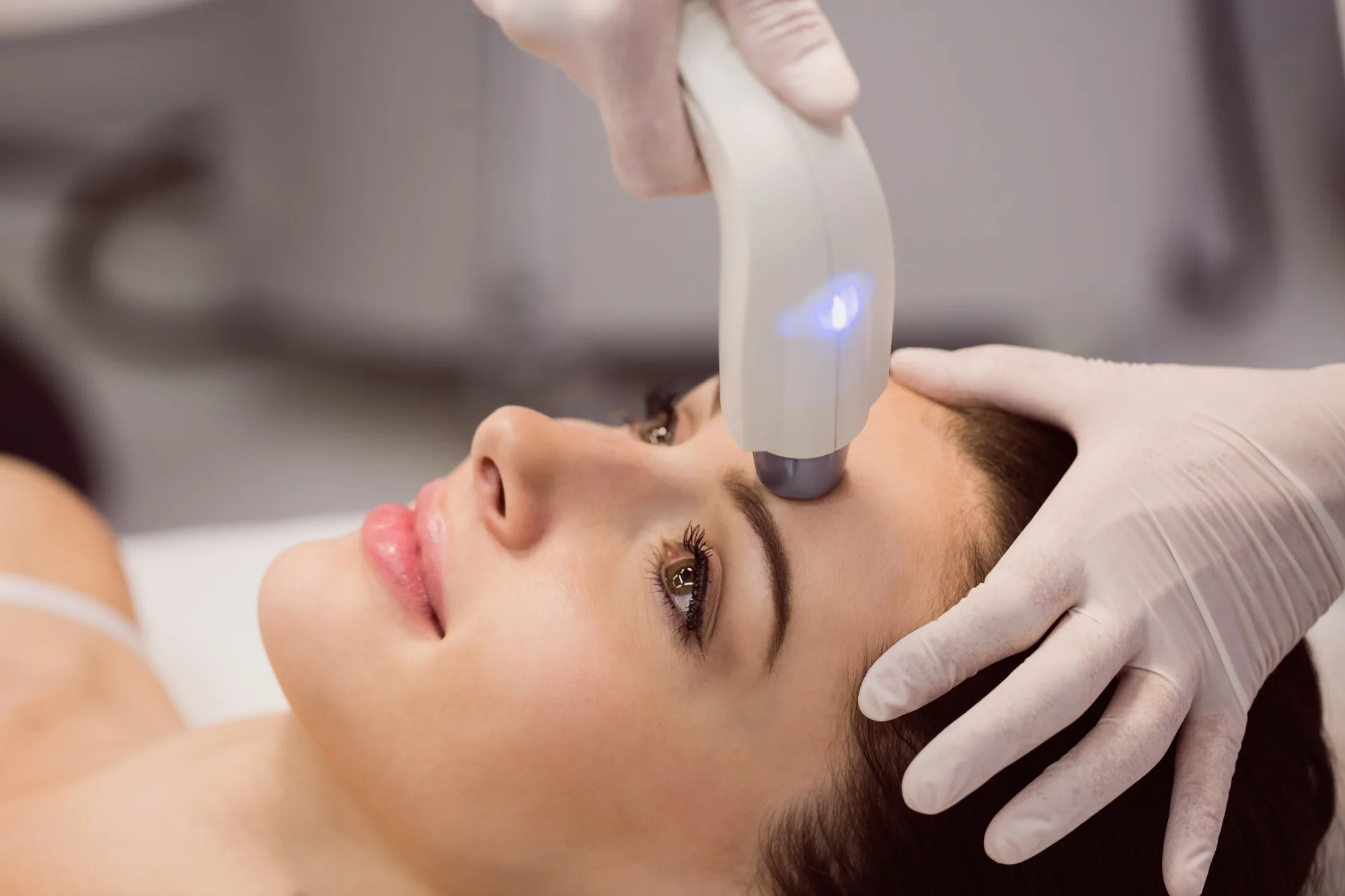
In the pursuit of smooth, hair-free skin, many people turn to laser hair removal as a long-term solution. This advanced cosmetic procedure has gained popularity for its effectiveness in reducing unwanted hair, but how exactly does it work — and could it be right for you? In this introductory guide, we’ll explore the fundamentals of laser hair removal, addressing key questions and considerations for those interested in this popular cosmetic treatment.
How Does Laser Hair Removal Work?
Laser hair removal utilizes concentrated beams of light, specifically the wavelengths of light absorbed by the pigment in hair follicles. This laser energy transforms into heat, and the heat targets the hair follicles’ melanin and inhibits further hair growth. The procedure is often most effective on people with dark hair and lighter skin tones due to the level of contrast between their hair and skin colors.
Laser hair removal is suitable for various body areas, including the face, legs, arms, underarms, bikini line, and more. It’s important to note that certain areas, such as the eyebrows, may require caution to avoid damage to the eyes.
Before undergoing laser hair removal, you’ll likely follow specific guidelines that your practitioner recommends to enhance the procedure’s effectiveness and safety. This may include avoiding sun exposure, discontinuing waxing or plucking, and refraining from using certain skincare products.
The Laser Hair Removal Process
The process typically begins with a consultation with a qualified, experienced practitioner. During this consultation, the practitioner can assess your skin type, hair color, medical history, and suitability for the procedure. It’s also an opportunity for you to ask questions and discuss any concerns.
Some practitioners may conduct a patch test to evaluate how your skin reacts to the laser. This test helps determine the appropriate settings for the main treatment sessions and helps promote your safety and comfort.
Laser hair removal requires multiple sessions to target hair follicles at different stages of the growth cycle. The number of sessions varies depending on factors such as your hair color, your skin type, and the area you’re having treated. Generally, you can expect a series of sessions, each spaced several weeks apart.
After each session, you may experience mild redness or swelling, but this typically subsides within a few hours. Practitioners often recommend avoiding sun exposure, hot baths, and certain skincare products in the days following treatment to minimize the risk of complications and irritation.
Key Considerations for Laser Hair Removal
Effectiveness and Results: Laser hair removal is known for its effectiveness in reducing hair growth, with many people experiencing long-lasting results. While some hair regrowth may occur over time, it’s often finer and lighter than the original hair.
Safety and Side Effects: When performed by a qualified professional, laser hair removal is generally safe. However, potential side effects may include redness, swelling, and, rarely, blistering or changes in skin pigmentation. Choosing a reputable and experienced practitioner can minimize the risk of adverse effects.
Suitability for Different Skin Types: Advancements in laser technology have expanded the range of people who can benefit from laser hair removal. While the procedure is typically still most effective on individuals with light skin and dark hair, certain lasers are suitable for a broader range of skin tones.
Pain and Discomfort: The level of discomfort during laser hair removal varies from person to person. Many people describe the sensation as a mild stinging or snapping feeling. Some modern laser systems incorporate cooling mechanisms to enhance comfort during the procedure.
Cost Considerations: The cost of laser hair removal varies depending on factors such as the treated area, the number of sessions required, and the geographic location of the treatment facility. It’s essential to consider the long-term cost-effectiveness compared to temporary hair-removal methods.
Choosing a Qualified Practitioner: Selecting a qualified and experienced practitioner is important for a safe and effective laser hair removal experience. Ensure that the practitioner is licensed, has relevant training, and operates in a reputable facility. Reading reviews and seeking recommendations can help you make an informed choice.
Laser hair removal offers a modern and effective solution if you’re seeking to reduce or eliminate unwanted hair. With advancements in technology and experienced practitioners, you can achieve long-lasting results and smoother skin. By understanding the process, preparing adequately, and considering key factors such as safety, effectiveness, and practitioner qualifications, you can embark on your journey with confidence.
Resource Links
“LASER HAIR REMOVAL: FAQS” via the American Academy of Dermatology Association
“Laser hair removal” via Mayo Clinic